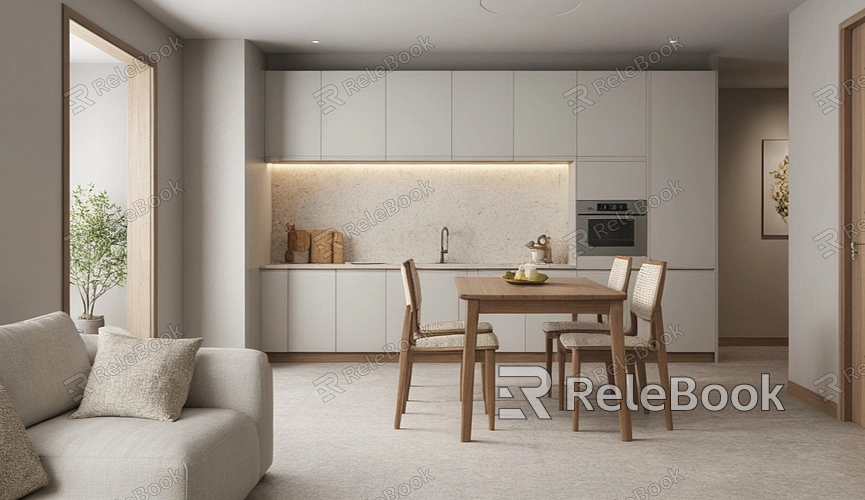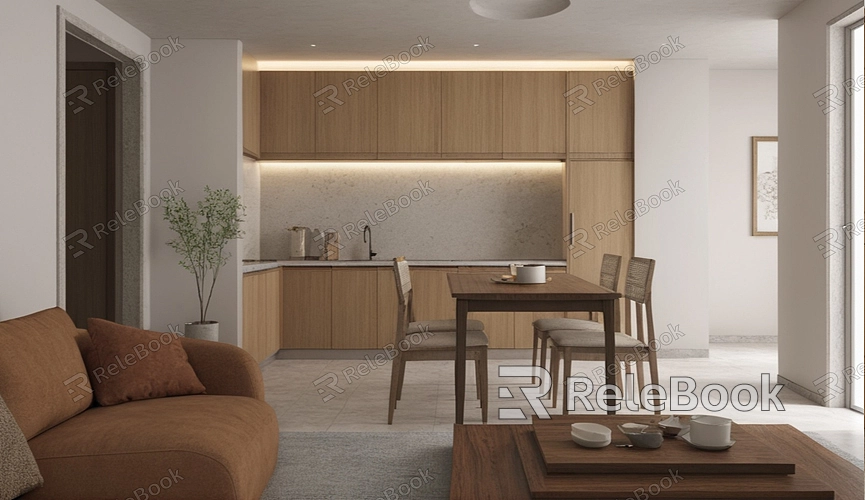How to Use Different Modeling Tools for Sculpting?
Whether crafting 3D models for game characters, animated films, or other multimedia projects, sculpting tools help artists achieve intricate details and complex shapes. With technological advancements, various sculpting tools have emerged on the market, each with its own unique features, allowing artists to choose the most suitable tools for their needs. This article will delve into how to use different modeling tools for sculpting, helping you enhance the quality and expressiveness of your work.

Overview of Sculpting Tools
Before diving into specific tools, it’s essential to understand the basic categories of sculpture tools. Currently, there are three main types: traditional sculpture software, browser-based online tools, and professional hardware devices. Each type offers unique functions and applications, and selecting the right tool can greatly improve your workflow and creative output.
Common Sculpting Software
1. ZBrush
ZBrush is one of the most popular sculpture software programs in the industry today. Renowned for its powerful polygon processing capabilities and intuitive user interface, artists can create highly complex models and perform precise detail sculpting. Its unique "dynamic subdivision" feature automatically increases polygon count as needed, making the sculpting process smoother.
2. Blender
Blender is an open-source 3D modeling tool that is powerful and free. It not only supports sculpting but also includes complete modeling, animation, and rendering features. Blender's sculpting mode allows users to manipulate details with various brush tools, making it an excellent choice for artists on a budget. Its active community and wealth of tutorials enable newcomers to get up to speed quickly.
3. Mudbox
Mudbox is another widely used sculpting tool, especially suited for projects requiring high-quality textures and details. Its intuitive interface and robust painting features make it easy for artists to create texture maps and perform sculpting. Mudbox integrates seamlessly with Autodesk's other software, like Maya, allowing for efficient transitions between programs.

Online Sculpting Tools
With the rise of the internet, online sculpture tools have also gained popularity. These tools typically do not require downloads or installations, allowing users to create directly in their web browsers.
1. SculptGL
SculptGL is a lightweight online sculpting tool suitable for beginners and artists looking to quickly bring ideas to life. While its features are relatively simple, they are adequate for basic sculpting needs. Users can rapidly create and modify models through straightforward clicks and drags, making it very convenient.
2. Tinkercad
Though primarily designed for 3D modeling, Tinkercad’s basic sculpting features are worth mentioning. Its drag-and-drop interface allows users to easily combine and modify shapes, making it ideal for quick prototyping. This tool is especially friendly for educational purposes and beginners.
Professional Hardware Devices
In addition to software, professional hardware devices can enhance the precision and efficiency of sculpting.
1. Graphics Tablets
Using a graphics tablet can increase the flexibility and accuracy of sculpting. Many artists opt for brands like Wacom, which allow for more natural control of brush pressure and effects during detailed sculpting. This method is especially suited for projects requiring a high level of detail.
2. 3D Scanners
For artists wishing to convert real objects into 3D models, a 3D scanner is a powerful tool. By scanning physical items, artists can obtain accurate model data and then further refine it in sculpting software. This approach is particularly effective in creating character prototypes and duplicating real-world objects.
Tips and Recommendations for the Sculpting Process
1. Start with Basic Shapes
When sculpting, it’s advisable to begin with simple base shapes. By gradually refining and adjusting, you can incrementally add detail. This method not only simplifies the process but also allows for a smoother creative flow during the early stages of sculpting.
2. Use Reference Images
Utilizing reference images is crucial for enhancing sculpting outcomes. Whether it’s still life or figures, reference images help you grasp proportions and details more accurately. Spend time studying and analyzing these references while sculpture.
3. Save Progress Regularly
In the course of complex sculpture, regularly saving your progress is essential. Many software programs support version control, which can effectively prevent data loss and related inconveniences.
By exploring different sculpture tools in depth, this article aims to help you find the most suitable approach for your creative endeavors. Whether you choose professional software or online tools, the key lies in discovering what aligns best with your style and needs to enhance your creative output. Ultimately, no matter which tools you use, you can find joy and fulfillment in the sculpting process. To access high-quality 3D models and textures, visit the Relebook website to download resources and kickstart your creative journey.
FAQ
How long does it take to master sculpting tools?
The time it takes to master sculpting tools varies from person to person. Experienced artists might need only a few weeks, while newcomers may require more time to familiarize themselves with the tools and techniques.
What are the basic requirements for using sculpting tools?
Typically, using sculpting tools requires some artistic background and knowledge of 3D modeling, which can help you better understand space and shape.
Which sculpting tool is the most suitable?
Choosing the right sculpting tool should depend on your needs, budget, and skill level. If you’re a beginner, consider using Blender or SculptGL; for professionals, ZBrush and Mudbox might be more appropriate.

